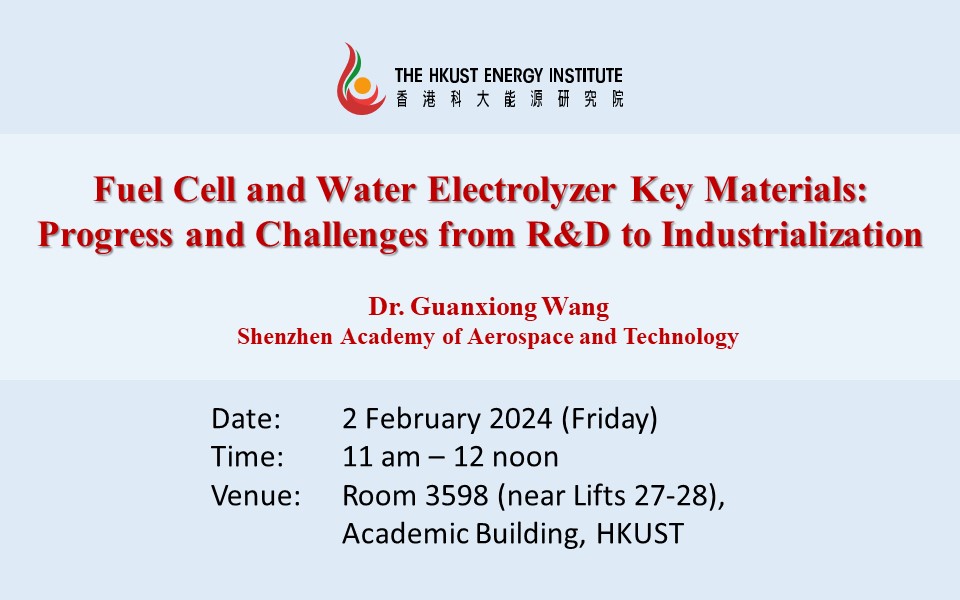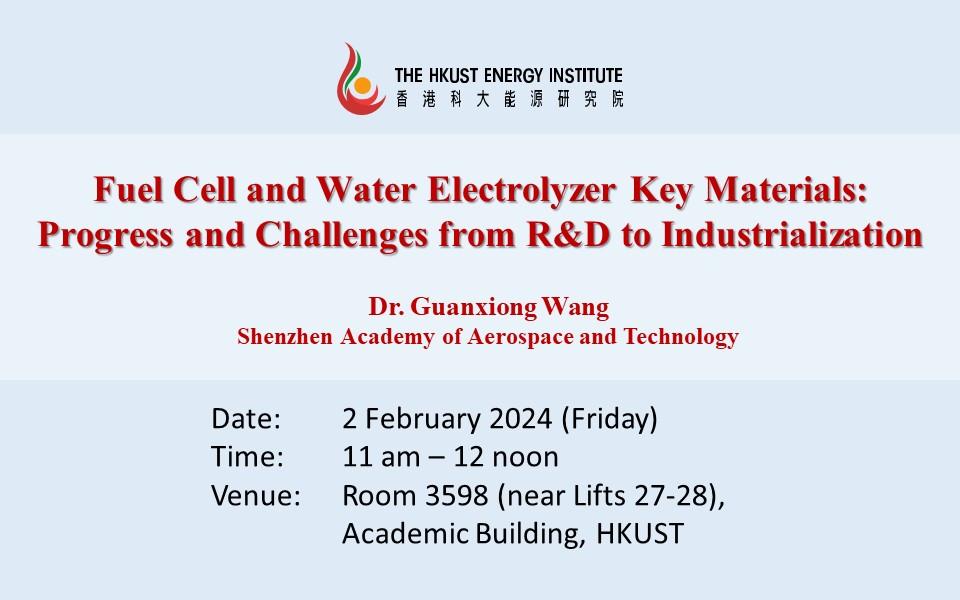
Hydrogen energy is an abundant, green, low-carbon, and widely used secondary energy source that is gradually becoming one of the crucial carriers for global energy transformation and development. To help achieve peak carbon emissions and carbon neutrality goals, it is imperative to accelerate breakthroughs in core hydrogen energy technologies and key material bottlenecks, speed up industrial upgrading and expansion, and realize a virtuous cycle and innovative development of the industrial chain. This report explores the R&D and production of key materials for proton exchange membrane fuel cell technology, such as catalysts and membrane assembly electrodes. It aims to improve the performance and batch production capabilities of key materials through technological innovation and engineering means, continuously enhance the level of core technologies, and ultimately improve the reliability, stability, and durability of fuel cells.
At the same time, driven by the dual carbon goals, water electrolysis hydrogen production technology combined with renewable energy is becoming the core pathway for green hydrogen production. This report explores the anion exchange membrane water electrolysis (AEMWE) technique, which uses pure water or a low-concentration alkaline solution as the electrolyte and cheap non-precious metal catalysts and hydrocarbon membranes to produce hydrogen. It has the advantages of low cost, quick start-stop, and low energy consumption. AEMWE combines the technical advantages of traditional alkaline tanks and proton exchange membrane water electrolysis (PEMWE). It is cheap and efficient, maintenance-free, and suitable for the power fluctuations of wind and solar energy, providing a feasible technical solution for large-scale, low-cost green hydrogen production. This report will discuss key materials' research and industrialization path for AEMWEs and analyze its technological advantages, challenges, and future development directions.
